Salmon industry explores tiny seed with unique balance of omega-3 and omega-6 fatty acids
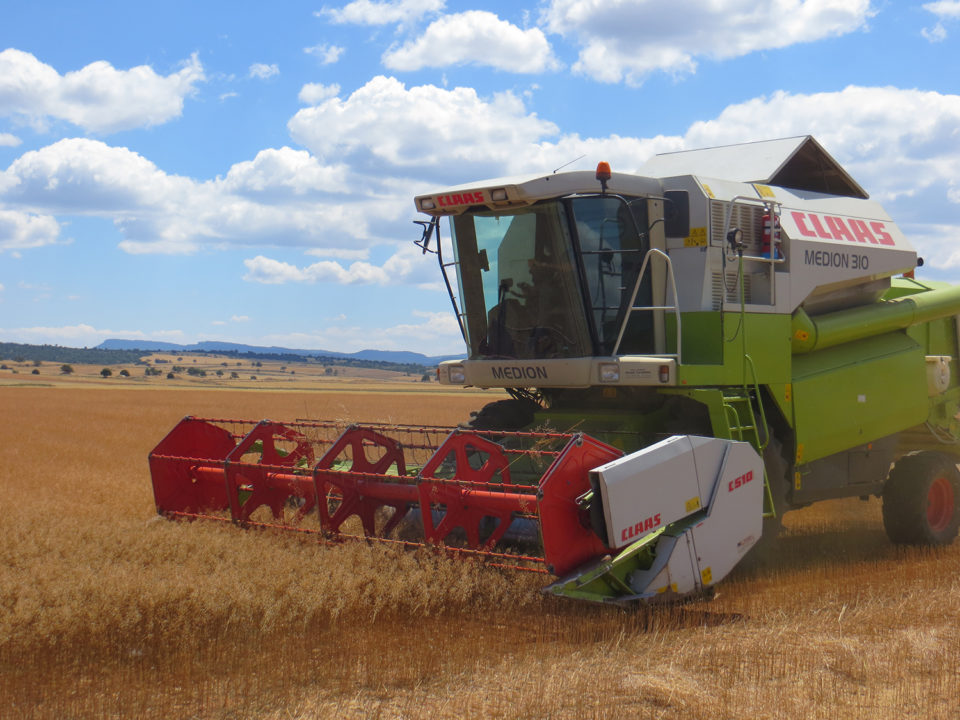
Vegetable oil isn’t just for cooking anymore.
As of January 2017, the Canadian Food Inspection Agency (CFIA) has approved the use of mechanically extracted camelina oil as a feed ingredient for farmed salmon and trout – a policy change likely to benefit the aquaculture industry in Canada.
“It is possible that [camelina oil] can replace part of the fish oil typically used in the feeds for salmon without impact on health, growth or nutritional characteristics,” Dr. Ian Forster, a research scientist at Fisheries and Oceans Canada who studies the extent to which camelina oil could replace fish oil in diets for juvenile Chinook salmon (Oncorhynchus tshawytscha). “If replacing some of the fish oil is possible, this would reduce the dependence of salmon farming on marine sources (fish oil) for food.”
Camelina sativa, or false flax, is a hardy, oilseed plant that’s rich in omega-3 (n-3) and omega-6 (n-6) fatty acids, protein and antioxidants. Grown worldwide, it’s a tiny seed used for human consumption that also has big potential for driving the “green” economy, from providing environmentally friendly jet fuel to dietary and cosmetic supplements to livestock and agriculture feeds.
Now, on the heels of a recent Canadian study managed by Genome Atlantic – a nonprofit that helps Atlantic Canada reap the economic and social benefits of genomics in aquaculture and other industries – this MacGyver of grains could offer a cost-effective, more sustainable and equally nutritious alternative to traditional marine sources for fish oil and fishmeal, especially with its unique omega-3 and omega-6 balance.
“[It’s] a seed oil containing greater levels of omega-3 polyunsaturated fatty acids than most plant oils commonly used in aquaculture feeds,” said Dr. Chris Parrish at Memorial University in Newfoundland, one of the lead scientists involved in the study. “It also contains appreciable amounts of tocopherols, which could give it nutritional and commercial advantages over the currently available plant oils. Tocopherols are components of vitamin E and they protect against lipid oxidation.”
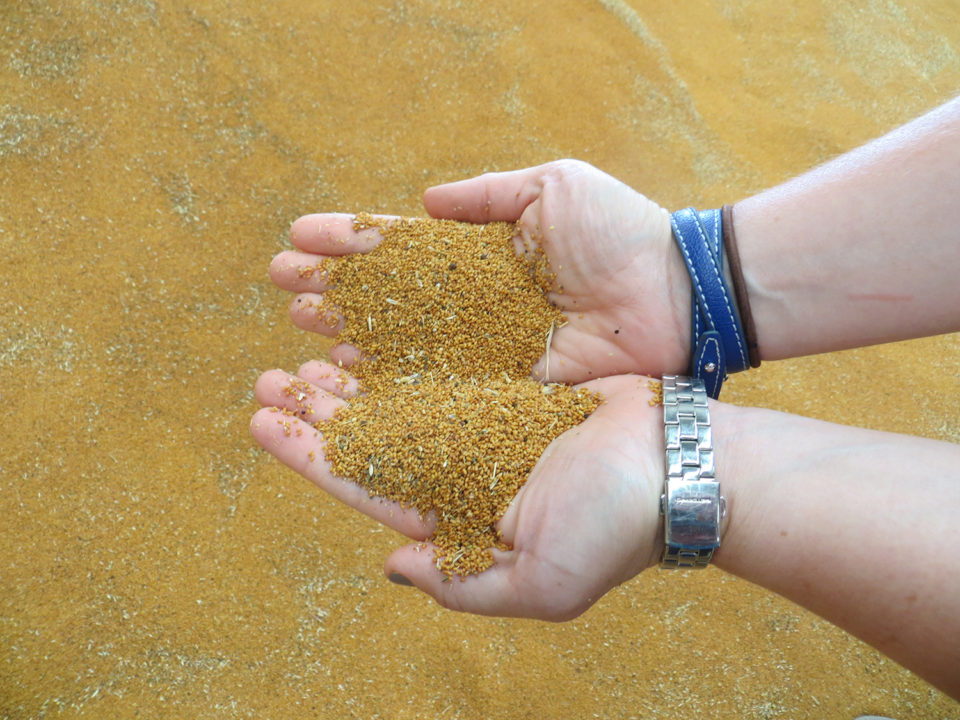
Known as “The Camelina Project,” the $6.1 million large-scale study partially funded by the Atlantic Canada Opportunities Agency’s Atlantic Innovation Fund (ACOA-AIF) spanned five years and involved multiple private and public partners. The study sought to unlock camelina’s complete genetic information (or its genome), partly focusing on its potential to replace fish oil and fishmeal in aquafeeds.
“Essentially, the study found that camelina oil was an excellent match to the fatty acid composition required in the diets of farmed fish,” said Dr. Parrish. “So potentially, it can replace at least some of the marine-sourced fish oil and fishmeal.”
Armed with compelling evidence, Genome Atlantic applied to and received CFIA approval to use camelina oil in fish feeds, covering all members of the family Salmonidae.
Ultimately, it’s a big win that could help tackle an uphill battle faced by the aquaculture industry: the drive to triple production by 2030 to match the growing global demand for protein. As it stands, the health and growth of many farmed fish species relies on fishmeal and fish oil – a reality which has cost and sustainability issues.
“As aquaculture increases, so does the need for more feed, leading to the need for more ingredients,” said Dr. Forster. “Fish oil production from wild fish is at its limit, so alternatives are needed.”
“CFIA approval of camelina as a feed ingredient for farmed salmonids provides the salmon aquaculture industry another high-quality, cost-effective alternative ingredient,” said Barb Cannon, Biology Manager at Creative Salmon, a fish farm that raises certified organic indigenous Pacific chinook (king) salmon (Oncorhynchus tshawytscha) on Vancouver Island. “It is important for farmed salmon producers to have options for feed ingredients to help ensure long term viability as the sector continues to grow.”
All of the major players in aquaculture have an interest in sustainability and reducing the demand on wild fish stocks in order to access the ingredients they require.
“The big advantage is that camelina represents an ideally balanced terrestrial oilseed as a replacement source of feed for farmed fish that can reduce the pressure on rapidly declining wild fish stocks,” said Jack Grushcow, CEO of Smart Earth Seeds and its parent, Linnaeus Plant Sciences, based in Vancouver. “The ratio between n-3 and n-6 has been declining in farmed fish. Camelina has an ideal n-3:n-6 ratio and when compared with other oils, such as canola and soybean.”
For three years, Grushcow has sold camelina oil to the aquaculture industry internationally, including the United States and Chile. Although this policy change opens up a new market that may help “grow our Canadian business,” Grushcow said there are still obstacles to overcome before breaking out the champagne.
“Products such as camelina are produced on smaller acreages compared with other oilseed crops,” said Grushcow. “As a result the price is higher. Who is going to absorb the price? That’s really the key factor that will determine whether these companies really want to produce more sustainable stocks.”
It is not yet known how many producers in Canada plan to use camelina oil, but Grushcow said that the demand so far “is significant and real.” Further, CFIA’s recent approval is limited to camelina oil and won’t be replacing fishmeal just yet.
“In our experiments, we found the maximum that could be replaced was 15 percent,” said Dr. Parrish. “Cod fed diets with 15 percent camelina meal were comparable to cod fed a commercial-type diet, in terms of the growth rate, hepatosomatic index, feed conversion ratio and protein efficiency ratio. Rainbow trout generally performed better than Atlantic salmon when fed diets including camelina meal. Trout fed 14 percent camelina meal grew similarly to trout fed a commercial-type diet, while salmon could tolerate 8 percent camelina meal inclusion.”
In the interim, Genome Atlantic and a research team at Dalhousie University in Halifax are currently conducting additional feeding trials on camelina meal.
“We applied to CFIA for approval on the use of camelina meal in salmonid feeds,” said Cara Kirkpatrick, Camelina Project Manager. “They felt that an additional feeding trial is necessary to fully evaluate the use of camelina meal in feeds. This trial is underway but it will be some months before it is complete and ready to submit to CFIA.”
Researchers and industry alike agree that it’s “a big step forward” to supplying a renewable, sustainable oil source for Canada’s aquaculture industry.
“All of the major players in aquaculture have an interest in sustainability and reducing the demand on wild fish stocks in order to access the ingredients they require,” said Grushcow.
Now that you've reached the end of the article ...
… please consider supporting GSA’s mission to advance responsible seafood practices through education, advocacy and third-party assurances. The Advocate aims to document the evolution of responsible seafood practices and share the expansive knowledge of our vast network of contributors.
By becoming a Global Seafood Alliance member, you’re ensuring that all of the pre-competitive work we do through member benefits, resources and events can continue. Individual membership costs just $50 a year.
Not a GSA member? Join us.
Author
-

Lisa Jackson
Lisa Jackson is a writer based in Toronto, Canada, who covers a range of food and environmental issues. Her work has been featured in Al Jazeera News, The Globe & Mail and The Toronto Star.
Tagged With
Related Posts
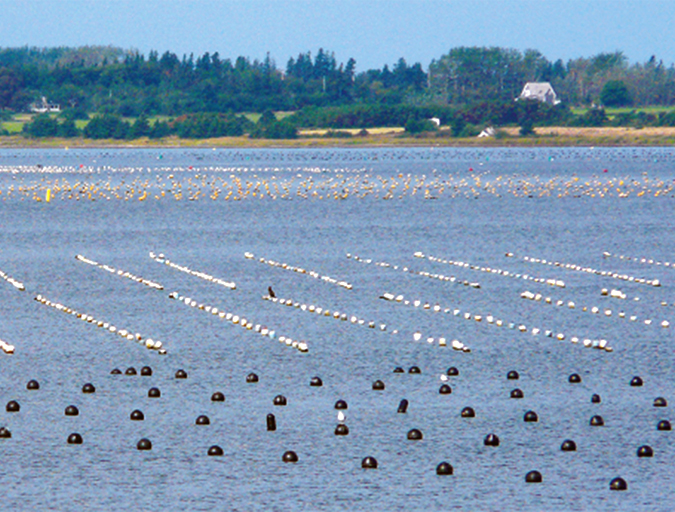
Innovation & Investment
Aquaculture in Canada: status, perspectives
Canada exports farmed seafood products to more than 22 countries and is the main seafood supplier to the U.S. market. Finfish, primarily salmon, production is strong and shellfish production is growing, but diversification will be imperative to maintain competitiveness.
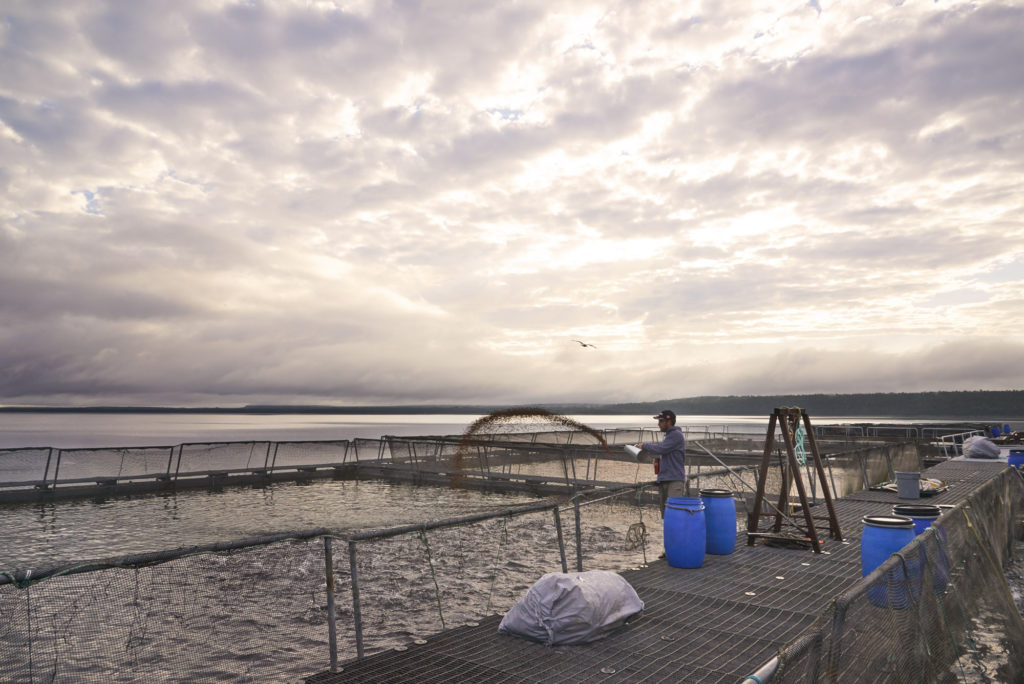
Responsibility
For Great Lakes aquaculture, it’s a tale of two countries
Canada and the United States may be friendly neighbors, but when it comes to aquaculture, the bordering countries take vastly different approaches to aquaculture in the Great Lakes.
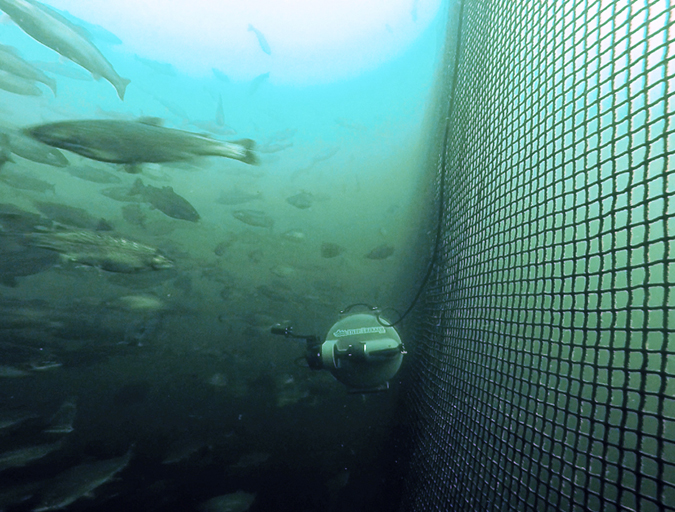
Innovation & Investment
Rise of the machines: Aquaculture’s robotic revolution
Technological advances are revolutionizing aquaculture. From airborne inspection tools to underwater drones, innovative robotics and automation technology are unveiling a brave new world of futuristic farming.
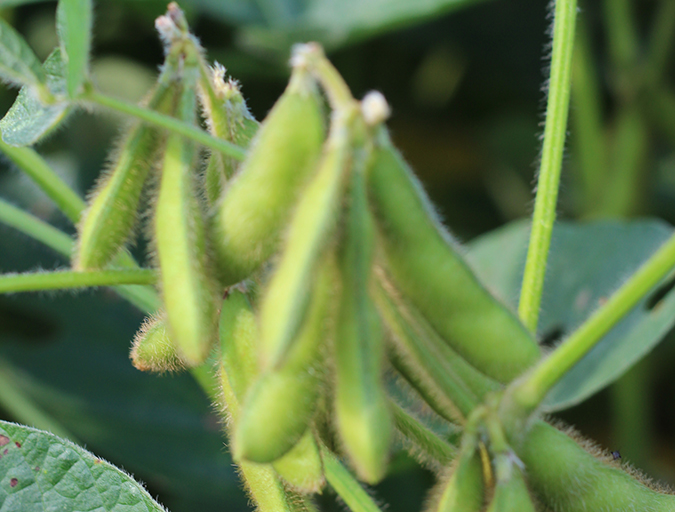
Intelligence
Omega-6s and the threat to seafood’s healthy halo
Research shows farmed fish fed diets heavy on vegetable oils have higher amounts of omega-6s and lower amounts of omega-3s, compared to fish fed diets heavy on fish oil. We take a deep dive into the relationship between the two fatty acids.


